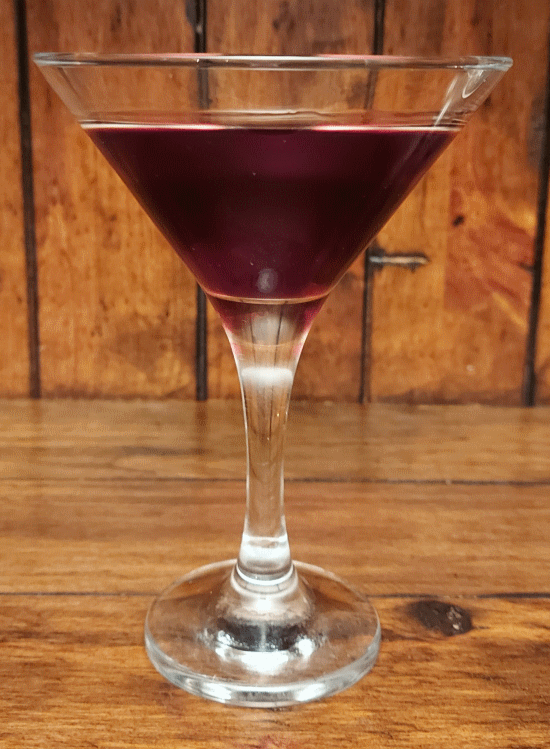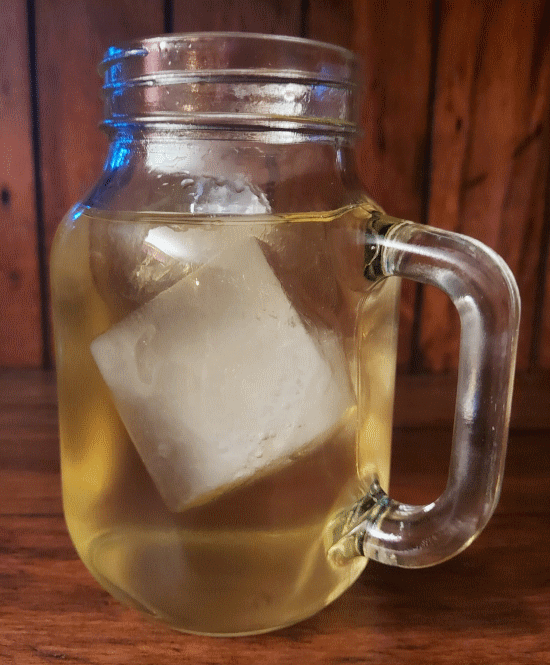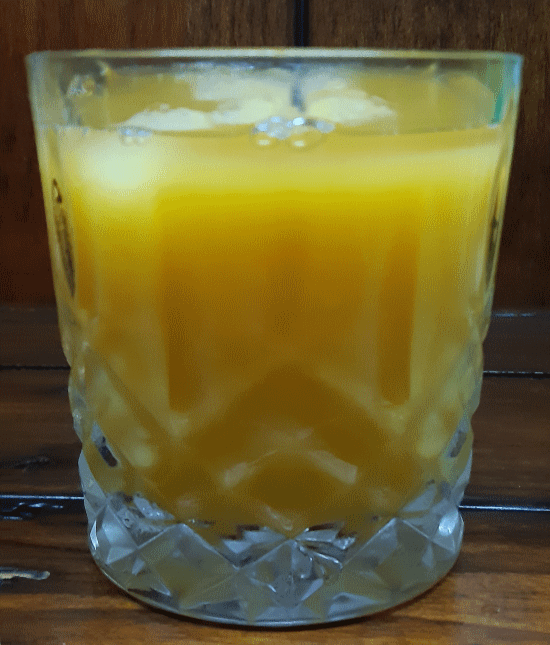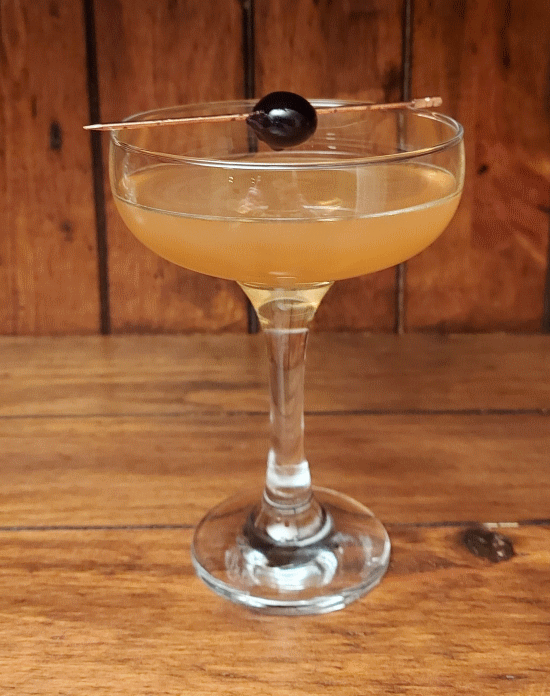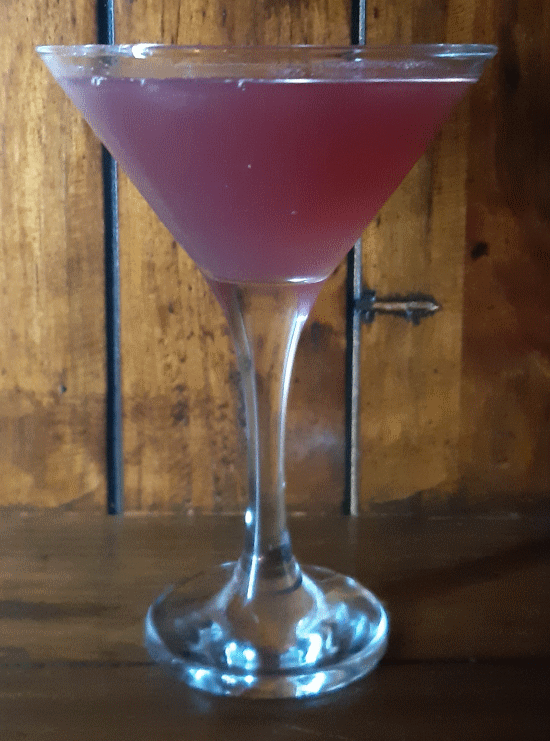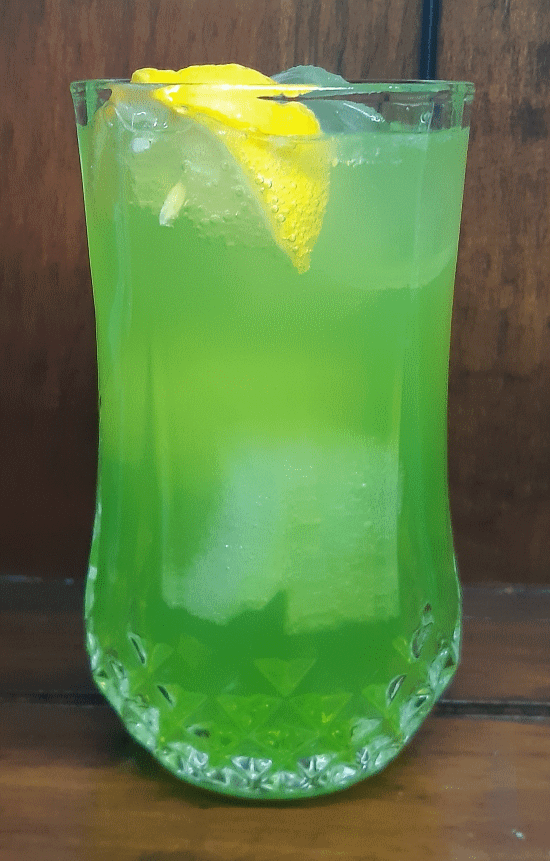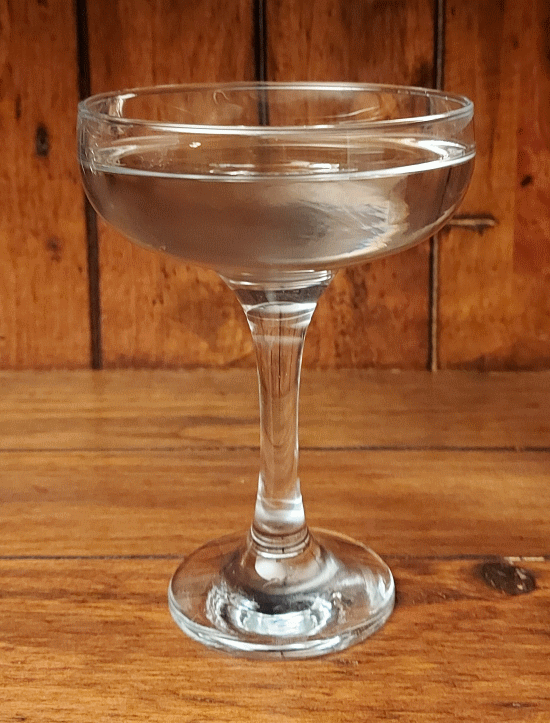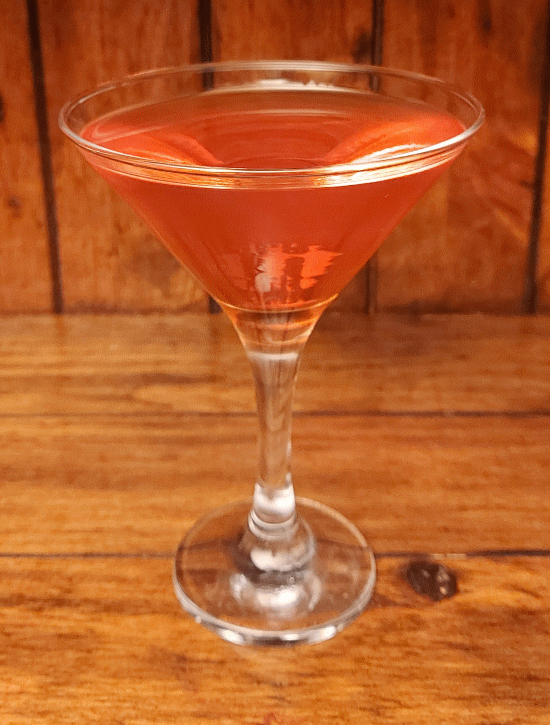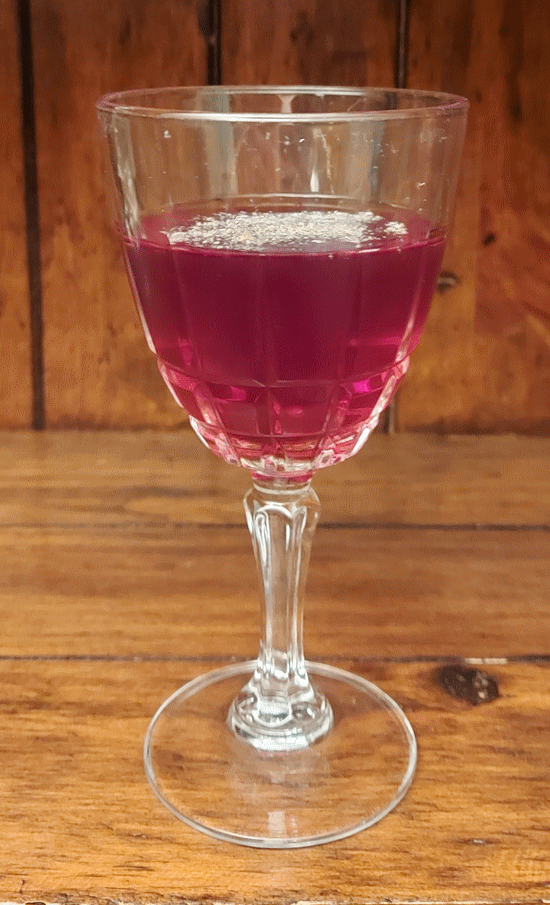Our third and final cocktail is the Campbeltown. A bold, deep-flavoured cocktail from the Bramble Bar & Lounge in Edinburgh. One of a small number of whisky-based cocktails, we thought this would be a fitting end to cocktails in the week of International Whisky Day.
2nd #cocktail of #FridayNightCocktails on 10th February: The Suspension
Our second cocktail this #FridayNightCocktails is the The Suspension; a refreshing yet strong cocktail from Firefly Spirits combining equal parts of Apple Pie Moonshine with apple cider.
1st #cocktail of #FridayNightCocktails on 10th February: Whisky & Orange
Our first cocktail is the Whisky & Orange, a simple, refreshing two ingredient cocktail, pairing the sweet tartness of orange juice with Scotch whisky.
Cocktail for International Scotch Day: White Rob Roy
International Scotch Day is on the 8th February where everyone can join in and celebrate Scotch whisky.
Uisge beatha / The Water of Life / Scotch Whisky has been around for over 500 years; the Exchequer Rolls, the tax records of their time, in 1494 was the earliest documented record of distilling in Scotland. We thought we’d join in the celebration of Scotch whisky with a cocktail this evening.
We’ve already made the Rob Roy cocktail, which was named after Scottish folk hero Rob Roy. Looking for an alternative, we decided upon the White Rob Roy.
This was originally created by Howard Sundwall, a member of Difford’s Guide as the Rob Roy en Blanc (Rob Roy in White), before Simon Difford varied it, by reducing the Scotch by 10ml, into the White Rob Roy.
3rd #cocktail of #FridayNightCocktails on 3rd February: Chambord Daquiri
2nd #cocktail of #FridayNightCocktails on 3rd February: Midori, Lemon & Ginger Beer
Our second cocktail this evening is the Midori, Lemon & Ginger Beer. This is a simple, refreshing tall cocktail which combines the sweet taste of Midori melon liqueur and the spice of ginger beer.
1st #cocktail of #FridayNightCocktails on 3rd February: Mango Screwdriver
Our first cocktail is the Mango Screwdriver, a simple variant of the Screwdriver which replaces the orange juice with mango juice.
3rd #cocktail of #FridayNightCocktails on 27th January: Arsenic & Old Lace
Our third and final cocktail is the Arsenic & Old Lace which is named after a 1939 play by Joseph Kesselring which opened in January 1941 and was later made into a movie of the same name starring Cary Grant (1944).
2nd #cocktail of #FridayNightCocktails on 27th January: Lucien Gaudin
Our second cocktail is a vintage cocktail from the 1920s, named for a French fencer who won gold with two different swords at the Olympics in Paris (1924) and Amsterdam (1928), which is credited to a barman at Le Cheval Pie (The Piebald Horse) in Paris, France.
1st #cocktail of #FridayNightCocktails on 27th January: Sangaree
Our first cocktail is the Sangaree which is a very old cocktail, dating back to the early-18th century. It first appeared in writing in a 1736 issue of the British Gentleman’s Magazine, “… a punch seller in the Strand had devised a new punch made of strong Madeira wine and called Sangre” (“Sangre” being the Spanish word for “blood”)..

